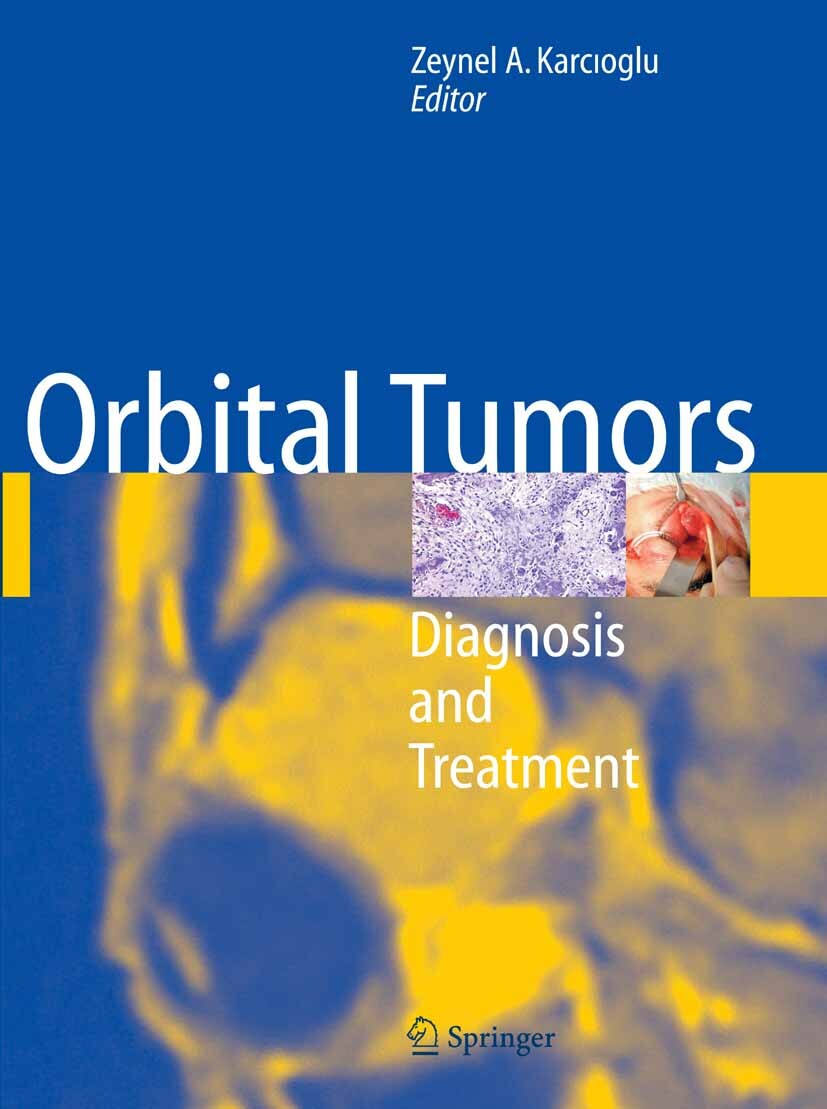Orbital Tumors
Diagnosis and Treatment
| Auflage | 1. Auflage, 2006 |
| Verlag | Springer-Verlag |
| ISBN | 9780387270869 |
Produktbeschreibung
From the Preface:
'About every ten years a new book appears on any given medical specialty subject. Naturally, this is not because the entire body of knowledge on that specialty is overhauled every ten years but because the progress made over a decade usually warrants expressing new perspectives on quite a few diseases. Orbital oncology certainly qualifies as a subspecialty that merits an update every decade. At least two or three excellent textbooks on orbital tumors have been written since the mid-1980s. This book reports advances in knowledge about orbital diseases and their treatment and offers an up-to-date, single-volume reference for orbital tumors with particular emphasis on new improvements in diagnostic and therapeutic measures.
Part I comprises advances in oncogenesis and its relationship to orbital tumors. Changes in the biological behavior of diseases in the general patient population are much slower than technological advances; nevertheless, those alterations take place as well. One of the major medical issues of our time, for example, is the changes in the immunological status of individuals. This issue influences the entire field of medicine, particularly oncology, including the treatment of orbital tumors. Chapters 2 to 5 summarize these influences.
Medical genetics gained momentum during the past two decades and now affects the clinical practice of almost every discipline of medicine, including ophthalmology and orbitology. Chapters on principles of molecular genetics and immunosurveillance mechanisms of neoplasia and on the occurrence of multiplt, malignant neoplasms in retinoblastoma have been included to apply molecular concepts to clinical practice related to orbital tumors.
Advances in one discipline often directly benefit practice in another field. In orbitology, no development has been more influential than the revolution in imaging techniques, including ultrasonography, computerized tomography, and magnetic resonance methods. Four chapters in Part II are devoted to the role of imaging in diganosis of orbital tumors. Other diagnostic advances entailing immunohistochemistry, flow cytometry, gene microarray, and the polymerase chain reaction are summarized in a separate chapter on orbital biopsy.'

